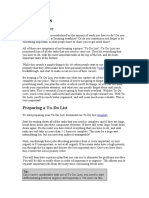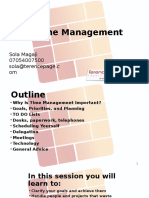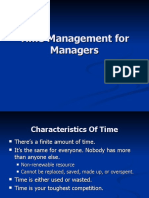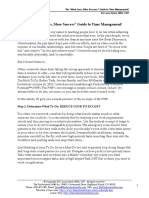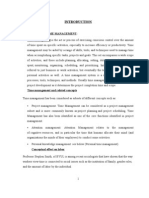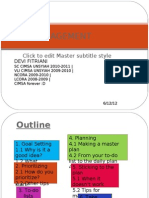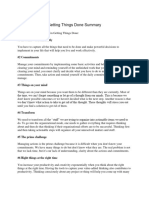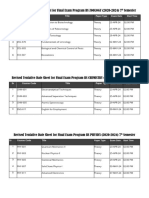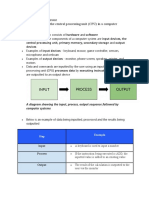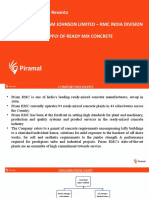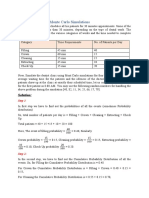0% found this document useful (0 votes)
61 views10 pagesThe To-Do List by Oyin William PMP: Rich, Says, "Plan Your Work and Work Your
This document discusses different styles of to-do lists for executives. It describes the high-powered, detailed daily/weekly list, the "rolling" master list that is continuously updated, and the minimalist list of just a few items. Each style is examined in terms of its suitability for different executive temperaments and time management approaches. Specific techniques for implementing a rolling master list and working through tasks on a to-do list are also provided.
Uploaded by
Omololu BelloCopyright
© Attribution Non-Commercial (BY-NC)
We take content rights seriously. If you suspect this is your content, claim it here.
Available Formats
Download as PPT, PDF, TXT or read online on Scribd
0% found this document useful (0 votes)
61 views10 pagesThe To-Do List by Oyin William PMP: Rich, Says, "Plan Your Work and Work Your
This document discusses different styles of to-do lists for executives. It describes the high-powered, detailed daily/weekly list, the "rolling" master list that is continuously updated, and the minimalist list of just a few items. Each style is examined in terms of its suitability for different executive temperaments and time management approaches. Specific techniques for implementing a rolling master list and working through tasks on a to-do list are also provided.
Uploaded by
Omololu BelloCopyright
© Attribution Non-Commercial (BY-NC)
We take content rights seriously. If you suspect this is your content, claim it here.
Available Formats
Download as PPT, PDF, TXT or read online on Scribd
/ 10















